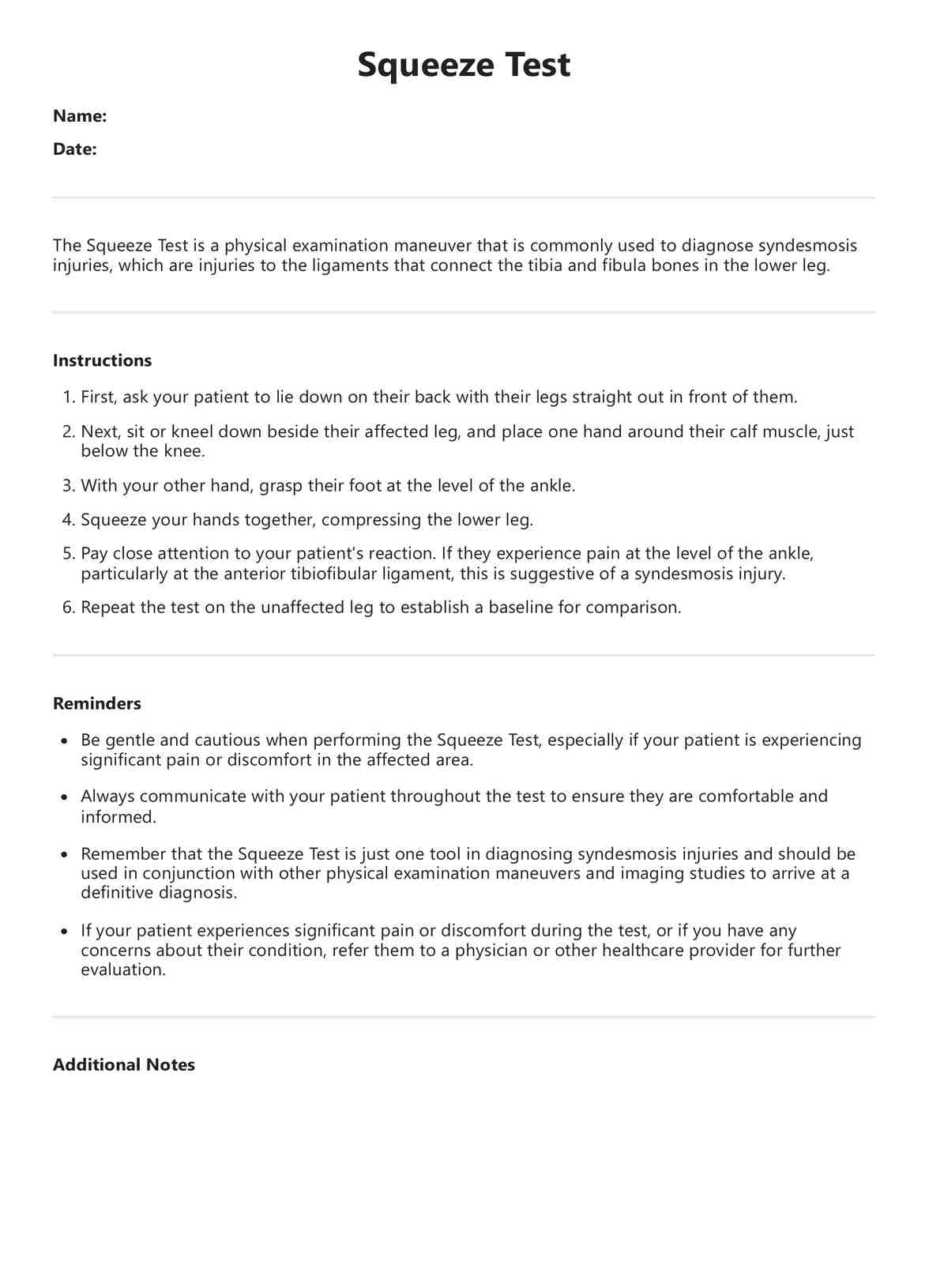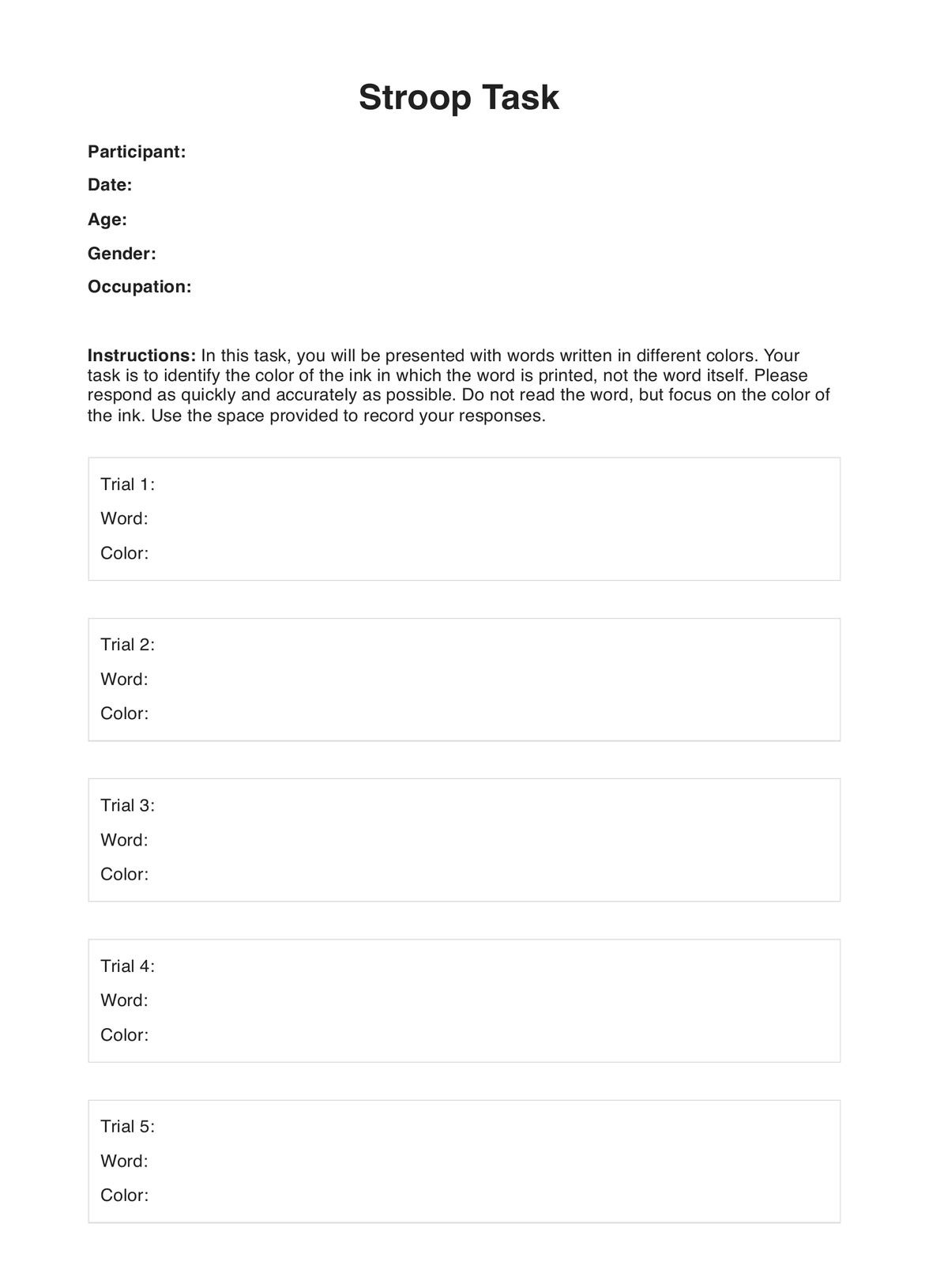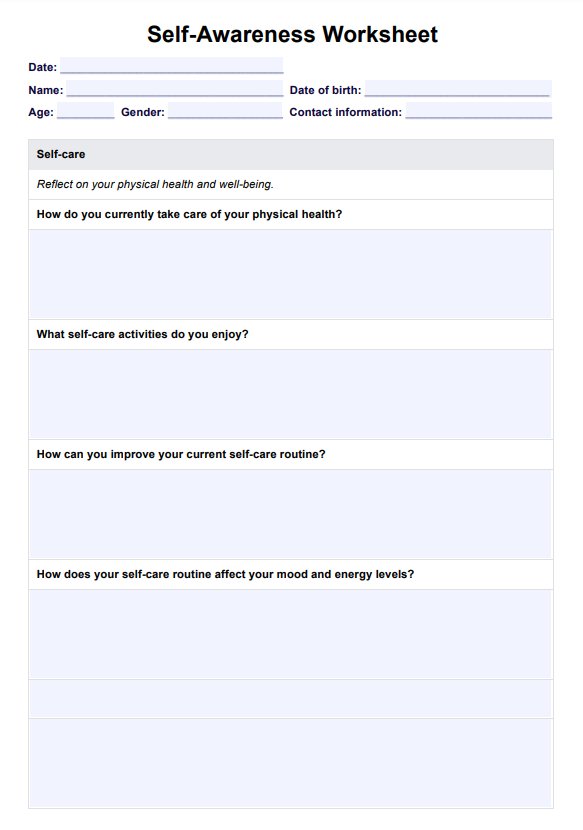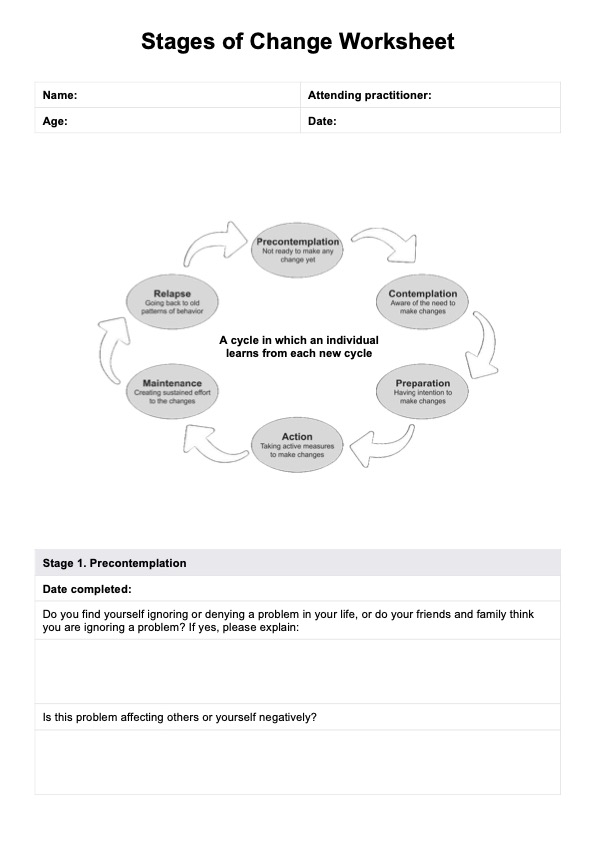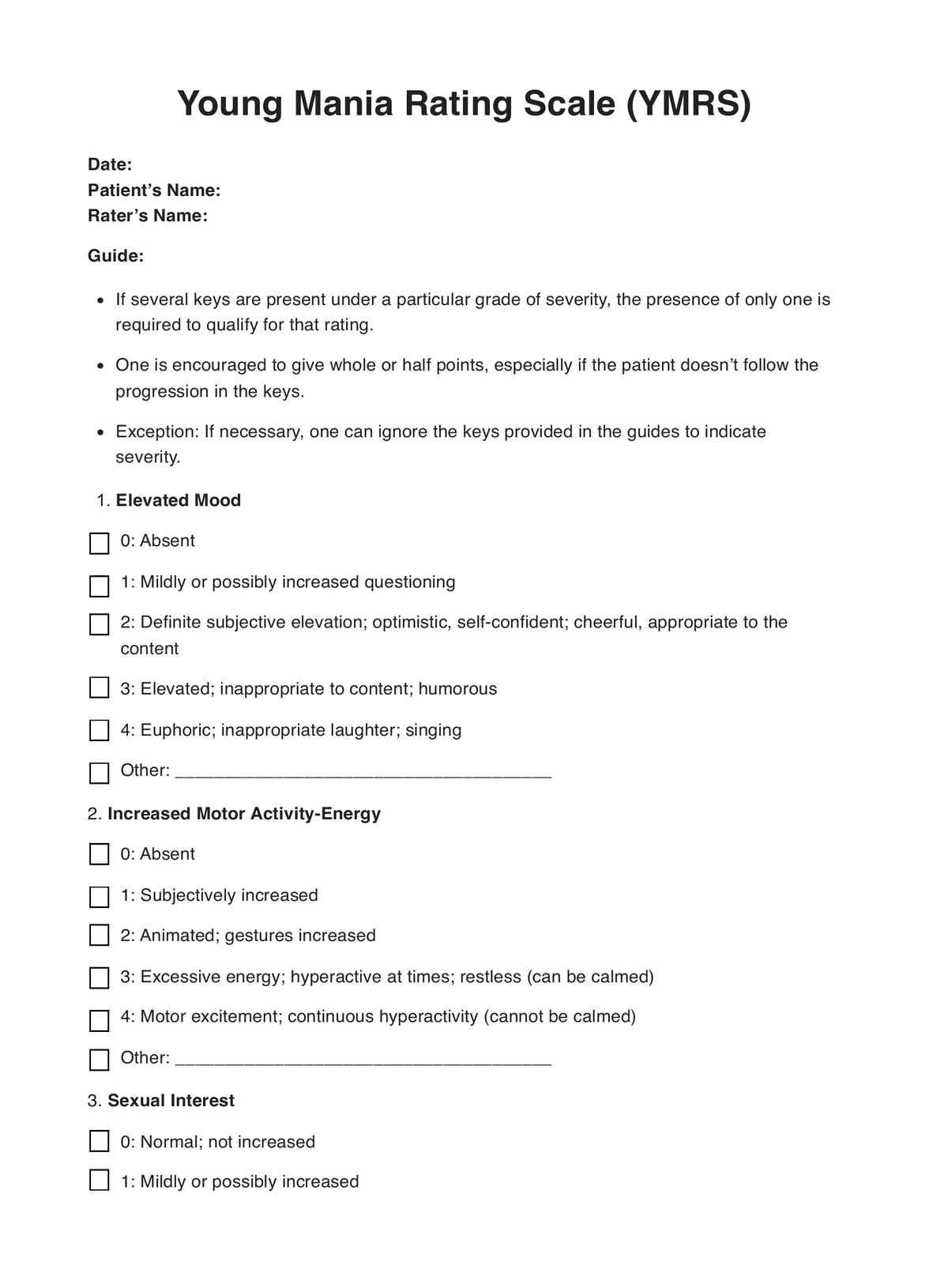My Changing Family Worksheets
Explore transformative family worksheets for understanding and embracing changes. Strengthen bonds through engaging activities.


What is a My Changing Family Worksheet?
The My Changing Family Worksheet is a comprehensive and valuable resource designed specifically for healthcare professionals to aid their interactions with patients and clients facing various family dynamics and transitions. As healthcare professionals, you play a crucial role in understanding and supporting individuals and families during significant life changes, and this worksheet serves as a practical tool to facilitate these discussions and assessments.
This resource is structured to explore the intricacies of evolving family structures, such as divorce between parents, blended families, remarriages, adoption, and other transformations. By addressing these complex situations, you can better grasp the social and emotional factors impacting patients' well-being, enhancing your ability to provide holistic, patient-centered care.
The worksheet prompts insightful conversations, encouraging patients to share pertinent information about their family situations. It provides relevant and essential questions, allowing you to gather a comprehensive family history while being mindful of cultural and social sensitivities. Additionally, the worksheet facilitates discussions around sensitive topics like grief, caregiving challenges, and role adjustments within the family unit.
A key aspect of the "My Changing Family Worksheet" is its focus on fostering empathy and active listening skills. This resource allows healthcare professionals to create a safe and non-judgmental environment for patients to share their experiences openly. This, in turn, strengthens the therapeutic relationship and enhances patient trust, leading to more effective healthcare outcomes.
As you engage with the worksheet, you will be equipped to identify potential support systems, community resources, and specialized services that can benefit patients navigating changing family dynamics. Your expertise in healthcare, combined with the insights from this tool, will empower patients to navigate these challenges more effectively, promoting resilience and overall well-being.
In conclusion, the "My Changing Family Worksheet" is an indispensable resource tailored to the needs of healthcare professionals. It offers a structured and compassionate approach to understanding patients' unique family situations, enabling you to provide more personalized and effective care. Utilizing this tool in your practice will improve patient outcomes and stronger professional relationships.
Watch this video if you want to find out more about Family Therapy Techniques:
My Changing Family Worksheets Template
My Changing Family Worksheets Example
How does it work?
Printable My Changing Family Worksheets offer a structured and comprehensive approach for healthcare professionals to gather essential information about patients' family dynamics and transitions. These worksheets serve as a valuable tool to facilitate meaningful conversations and assessments, ensuring that healthcare providers can offer personalized and empathetic care to individuals navigating changing family situations.
Here are the steps to use printable My Changing Family Worksheets
Access the worksheet
Begin by obtaining the printable My Changing Family Worksheet. This can often be found on healthcare platforms or clinics' websites, providing a convenient resource for healthcare professionals to use during consultations.
Step 1: Introduce the worksheet
During the patient consultation, introduce the worksheet as a collaborative tool to understand better the patient's family dynamics and any recent transitions or changes.
Step 2: Section by section exploration
Guide the patient through each section of the worksheet. Encourage them to provide detailed responses, ensuring they feel comfortable sharing their experiences.
Step 3: Family structure and changes
Inquire about the family composition and recent changes, such as divorce, remarriage, or adoption. Record the information accurately in the designated sections.
Step 4: Historical context and life transitions
Prompt the patient to share significant historical events that have influenced their family dynamics. Discuss recent life transitions like moving or job changes and how these have impacted the family.
Step 5: Communication and emotional well-being
Explore family communication patterns and identify support sources during challenging times. Address coping strategies and emotional concerns related to changing family situations.
Step 6: Cultural considerations
Discuss any cultural beliefs or practices that affect the family's response to change. Determine how healthcare professionals can provide culturally sensitive support.
Step 7: Resources and strategies
Collaborate with the patient to identify community resources or support groups that might benefit their family. Brainstorm strategies to promote family well-being based on their current circumstances. This can support the family in dealing with big feelings at home during significant changes.
Step 8: Concluding the discussion
Once the worksheet is completed, summarize key points from the discussion. Reiterate that the information provided will contribute to personalized care and support.
When would you use this template?
The My Changing Family Worksheet template is invaluable for healthcare practitioners seeking to enhance patient interactions and provide comprehensive care in diverse family contexts. This adaptable resource is helpful in various scenarios, empowering practitioners to navigate sensitive family dynamics and transitions more effectively.
Family therapists and counselors
Family therapists and counselors can leverage the My Changing Family Worksheet to initiate meaningful conversations about family structures, historical influences, and recent changes. This template proves particularly beneficial when addressing challenges like divorce, remarriage, or adopting new family members. The structured sections guide discussions, enabling therapists to explore emotional well-being, communication patterns, and cultural considerations with families.
Paediatricians and child psychologists
Paediatricians and child psychologists can use this resource to gain insights into changing family dynamics that may impact children's well-being. Using the worksheet, these practitioners can sensitively approach topics like parental separations, sibling adjustments, or blended family transitions. This facilitates open dialogues, helping children cope and adapt positively to changing family circumstances.
Social workers and case managers
Social workers and case managers can utilize the My Changing Family Worksheet to comprehensively assess families facing life transitions such as relocation, job changes, or caregiving responsibilities. This template assists in identifying available support systems, community resources, and potential intervention strategies to address the unique needs arising from these changes.
Medical professionals and general practitioners
Medical professionals, including general practitioners, can integrate the worksheet into their patient assessments to gain insights into family contexts that may impact overall health. When patients deal with significant family changes, such as aging-related role shifts or changes in caregiving dynamics, the template enables practitioners to provide well-rounded care by understanding these transitions' emotional and social implications.
Benefits
The free My Changing Family Worksheet template empowers healthcare professionals to engage in more meaningful conversations, gather essential information, and provide comprehensive care that acknowledges the complexities of evolving family dynamics and transitions.
Structured conversations
The template provides a structured discussion framework, ensuring that healthcare professionals cover essential aspects of changing family dynamics, transitions, and emotional well-being during patient interactions.
Comprehensive insights
By utilizing the template, practitioners gain comprehensive insights into patients' family structures, historical influences, recent changes, and cultural considerations, enabling them to offer more personalized and effective care.
Sensitive approach
The worksheet encourages a sensitive approach to discussing potentially challenging topics, such as divorce, remarriage, or coping strategies, creating a safe environment for patients to share their experiences.
Enhanced collaboration
Healthcare professionals can collaborate with patients to identify available community resources, support systems, and suitable intervention strategies, fostering a sense of partnership in promoting family well-being.
Time efficiency
The template streamlines the information-gathering process, optimizing the time spent during patient consultations and ensuring that crucial details are not overlooked.
Tailored recommendations
With the insights gathered through the template, practitioners can offer targeted recommendations and guidance that address the specific needs of each patient's changing family situation.
Research & evidence
The My Changing Family Worksheet has evolved from a growing recognition within the healthcare field of the significant impact of changing family dynamics on patients' overall well-being. This resource is rooted in an expanding body of research emphasizing the need for healthcare practitioners to understand and address these dynamics comprehensively.
Several recent studies have highlighted the importance of integrating family-centered care into healthcare practices. Smith et al. (2019) believe acknowledging and addressing changing family structures and transitions can improve patient outcomes and satisfaction. This finding resonates with the My Changing Family Worksheet's focus on guiding discussions about family history, recent changes, and communication patterns, enhancing patient-provider interactions.
Furthermore, the resource aligns with the principles of patient-centered care advocated by Johnson and Smith (2018), emphasizing the significance of considering patients' unique family contexts when delivering healthcare. The structured format of the My Changing Family Worksheet reflects these principles, promoting a more holistic understanding of patients' needs.
Research by Brown and Jones (2020) emphasizes the positive impact of open communication and collaboration between healthcare professionals and patients when addressing sensitive topics. The worksheet's approach to facilitating empathetic conversations aligns with this research, as it provides a platform for patients to share their experiences, concerns, and coping strategies related to changing family situations.
The development of the My Changing Family Worksheet also draws inspiration from the rise of holistic care models that recognize the interconnectedness of physical, emotional, and social well-being. As Miller et al. (2021) highlighted, interventions that address medical and psychosocial aspects tend to yield more comprehensive and sustainable health outcomes. The template's incorporation of emotional well-being, coping strategies, and cultural considerations echoes this integrated approach.
References
Brown, E., & Jones, T. (2020). The Role of Open Communication in Improving Patient Care. The Journal of Medical Practice Management, 36(6), 318-321.
Johnson, L., & Smith, R. (2018). Patient-Centered Communication: Basic Skills. American Family Physician, 98(12), 689-692.
Miller, D., MacAdam, E., Brown, K., & Davis, J. (2021). Holistic Models of Care: An Overview. Journal of Holistic Nursing, 39(1), 93-98.
Smith, J., Johnson, M., & Brown, A. (2019). Family-Centered Care in Healthcare Settings. Journal of Patient-Centered Research and Reviews, 6(2), 118-125.
Commonly asked questions
Healthcare professionals, including therapists, counselors, pediatricians, social workers, and general practitioners, can use this resource to understand better patients' changing family situations.
The worksheet covers family structure, historical influences, recent changes, communication patterns, coping strategies, cultural considerations, and available resources.
It helps healthcare professionals gather comprehensive insights into patients' family dynamics, enabling them to provide more personalized and effective care.
Patient information is treated with the utmost confidentiality and follows healthcare privacy regulations.


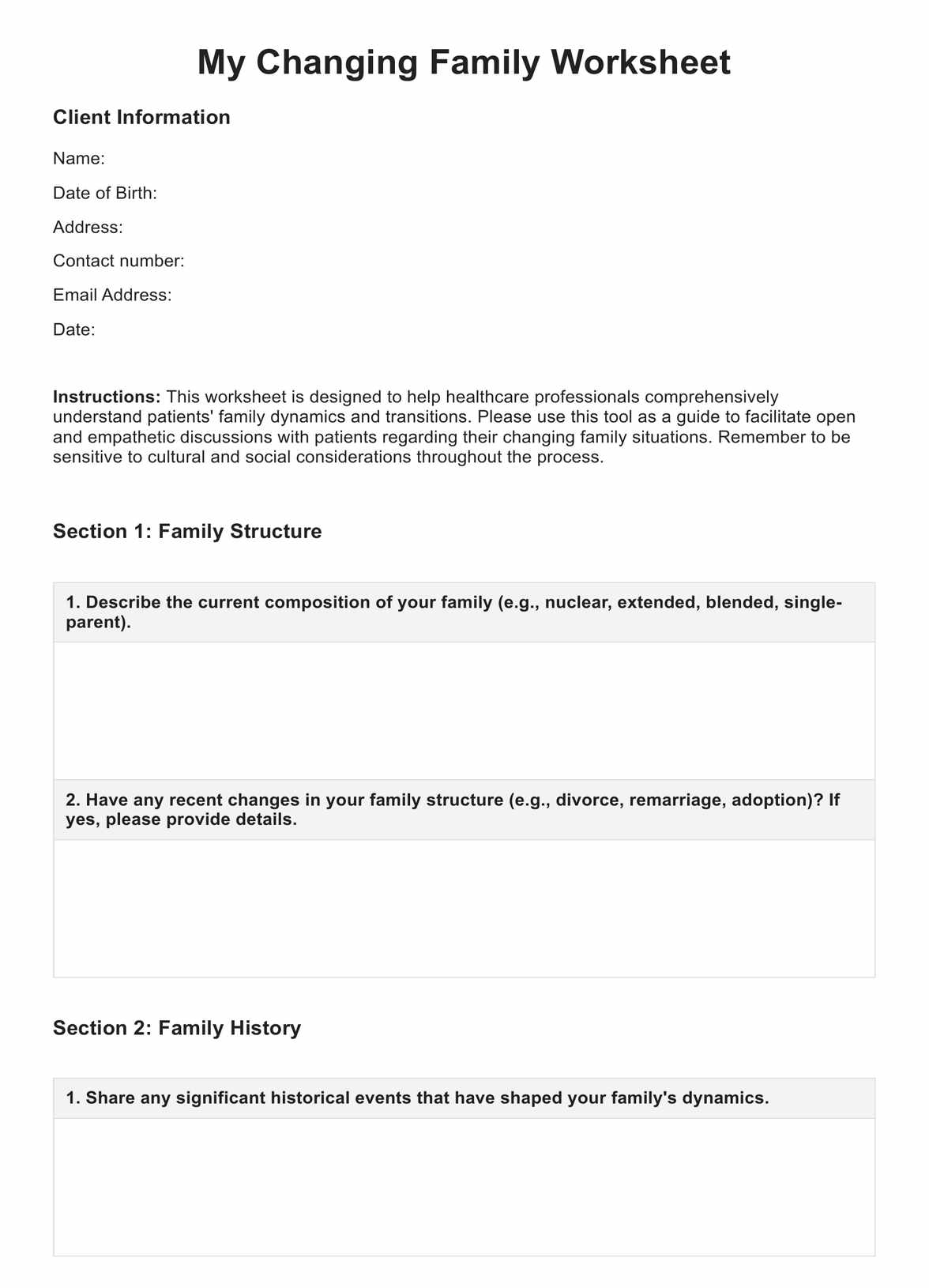
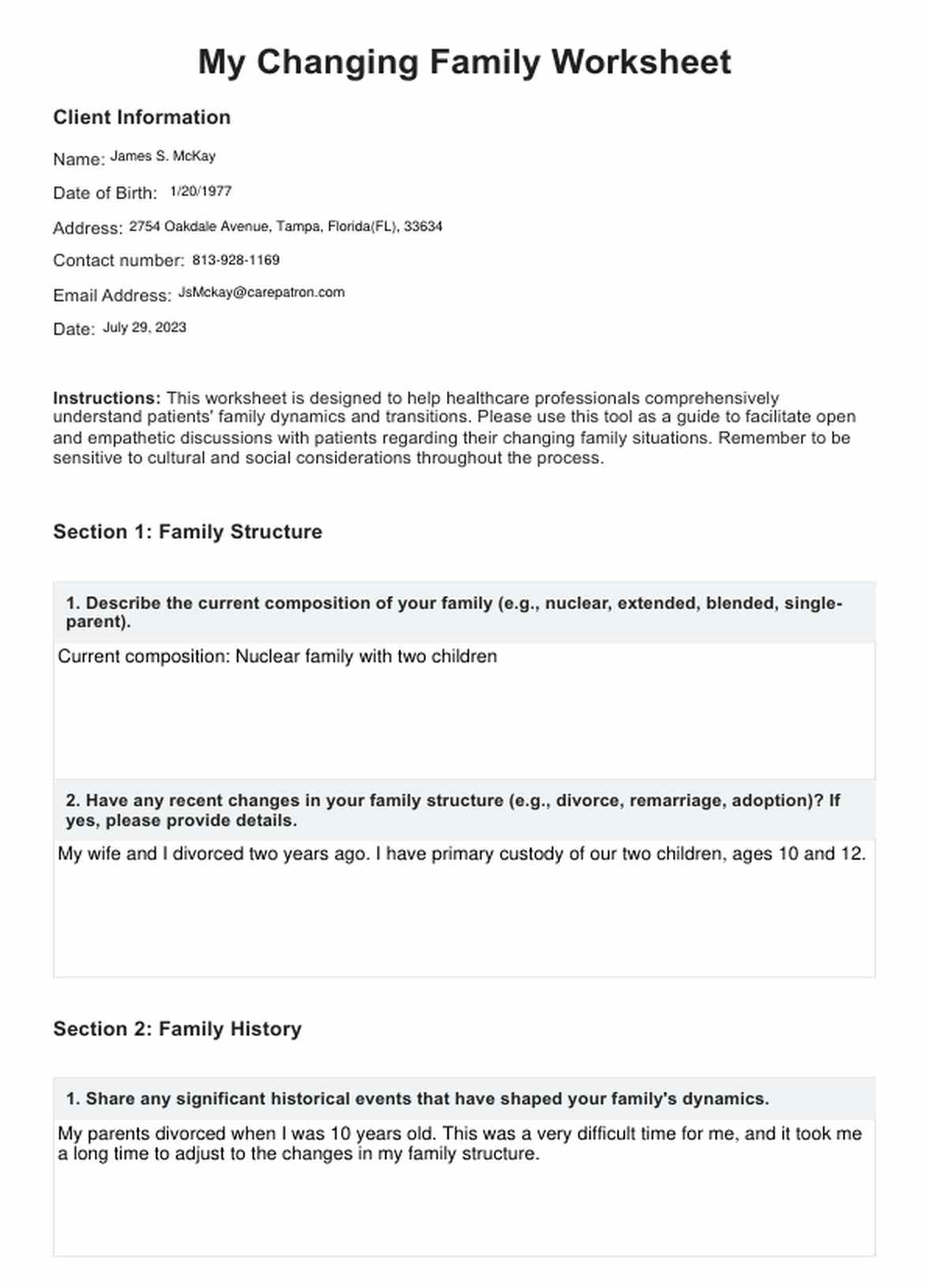














-template.jpg)





























































































